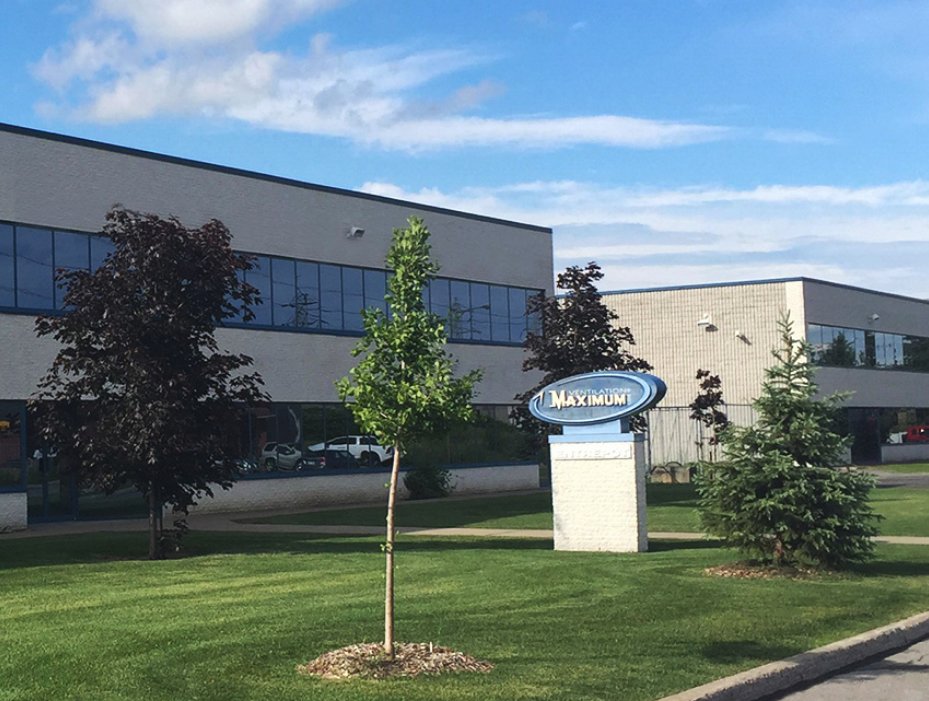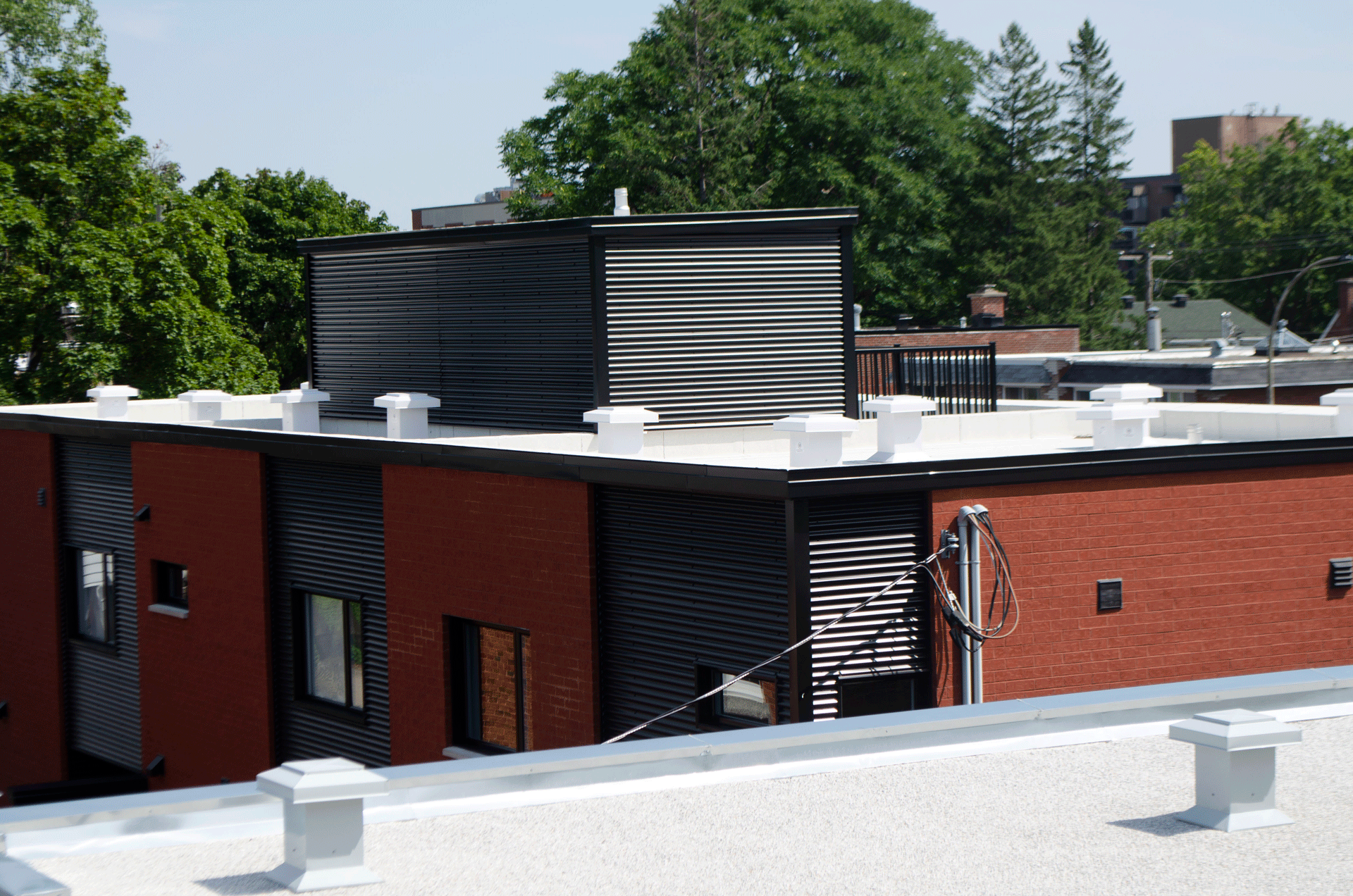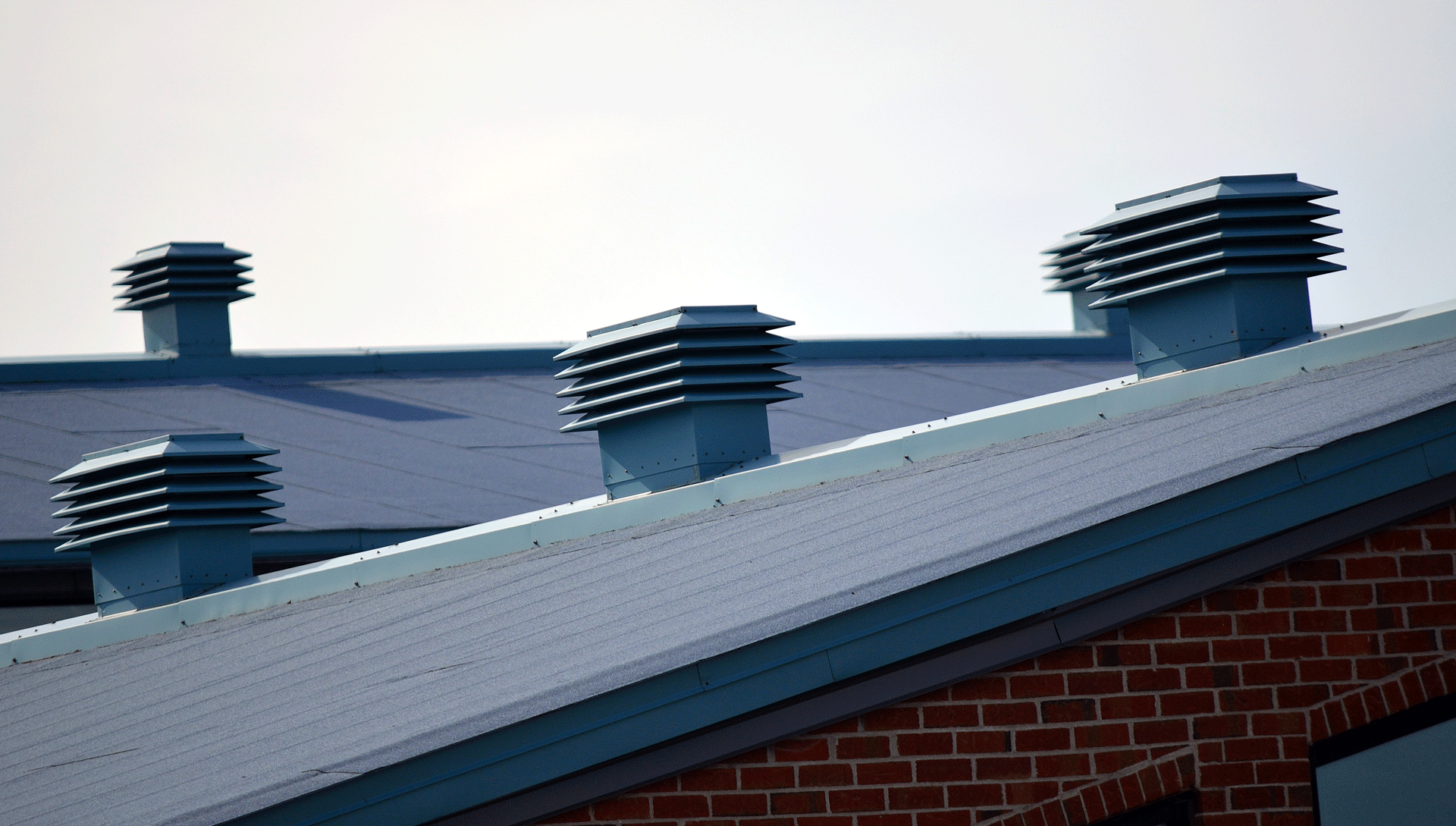About Us
Our Company
In the early 1980’s, Ventilation Maximum designed and developed a new line of static ventilators for attics. They could be adapted to all types and shapes of roofs, as much for residential and commercial as for industrial and institutional use. Our products were specifically designed to function in our northern climate where snow infiltrating an attic is a common occurrence.
In order to provide quality customer service and better respond to the needs of our clients, we have put together a team of experts who are able to adapt our products to specific circumstances. They are ready to answer questions such as how to use our roof ventilators in a special architectural design, or simply how to harmonize the roof vent and roof colour.
We also offer technical support at all levels, and are ready to advise architects and project directors in the preparation of their estimates. This assistance is also available to retail store clerks who sell our products to the public as well as for roofing contractors or building owners who request technical information.
Our products are available throughout Canada and the U.S.A. through specialized roofing distributors or building supply stores in your area.

Maximum’s Progression of New Technology

Some years ago, hoping to solve this major problem, roofing contractors began to install vents at each end of the attic. To make the vents more efficient, a gooseneck type of roof vent was added to this combination. This simple vent made some improvement to existing ventilation, but wind could not penetrate from all directions. Even in the most favorable wind conditions the whole attic area was not properly ventilated, which in winter caused surplus humidity to accumulate and to rapidly infiltrate the insulation.
The next invention was the turbine which was hoped to be the ultimate solution to the ventilation problem. Unfortunately, a container or tank must often be installed underneath it in order to catch the infiltration of water during stormy weather and avoid the damage that it could cause. Another important problem with the turbines is that frost or corrosion may prevent them from turning. One must also be willing to tolerate the noise they make, and finally, they’re not even recommended for flat roofs.
All of the above roof ventilators leak in bad weather. Water can easily stream down through the insulation to the ceiling and damage them both, a situation difficult to remedy. In the early 1980’s, Maximum Ventilation made a breakthrough by creating and designing a roof ventilator that would work with air dynamics, be energy saving, and would work even in the harshest of weather conditions.

Skillfully designed, the static Maximum ventilator has no moving parts, and needs no electrical energy. Its characteristics increase the ventilation’s chimney effect and eliminate excess humidity. The Maximum roof ventilator silently and efficiently assures the comfort of a home and its occupants. Its square shape enables it to pick up wind from all directions yet keeps out rain and snow due to its storm proof deflectors, and allows humidity to escape evenly and systematically.

This roof ventilator is engineered to make it suitable for installation on all types of roofs, whether they are flat or sloped, and adapts to all residential, commercial, industrial or institutional buildings. The solid, long-lasting Maximum roof ventilator is made of tough galvanized steel; the colour of its durable powder baked polyester paint finish will blend naturally with the rest of the building. It is well protected against intrusion by animals such as squirrels or birds.






